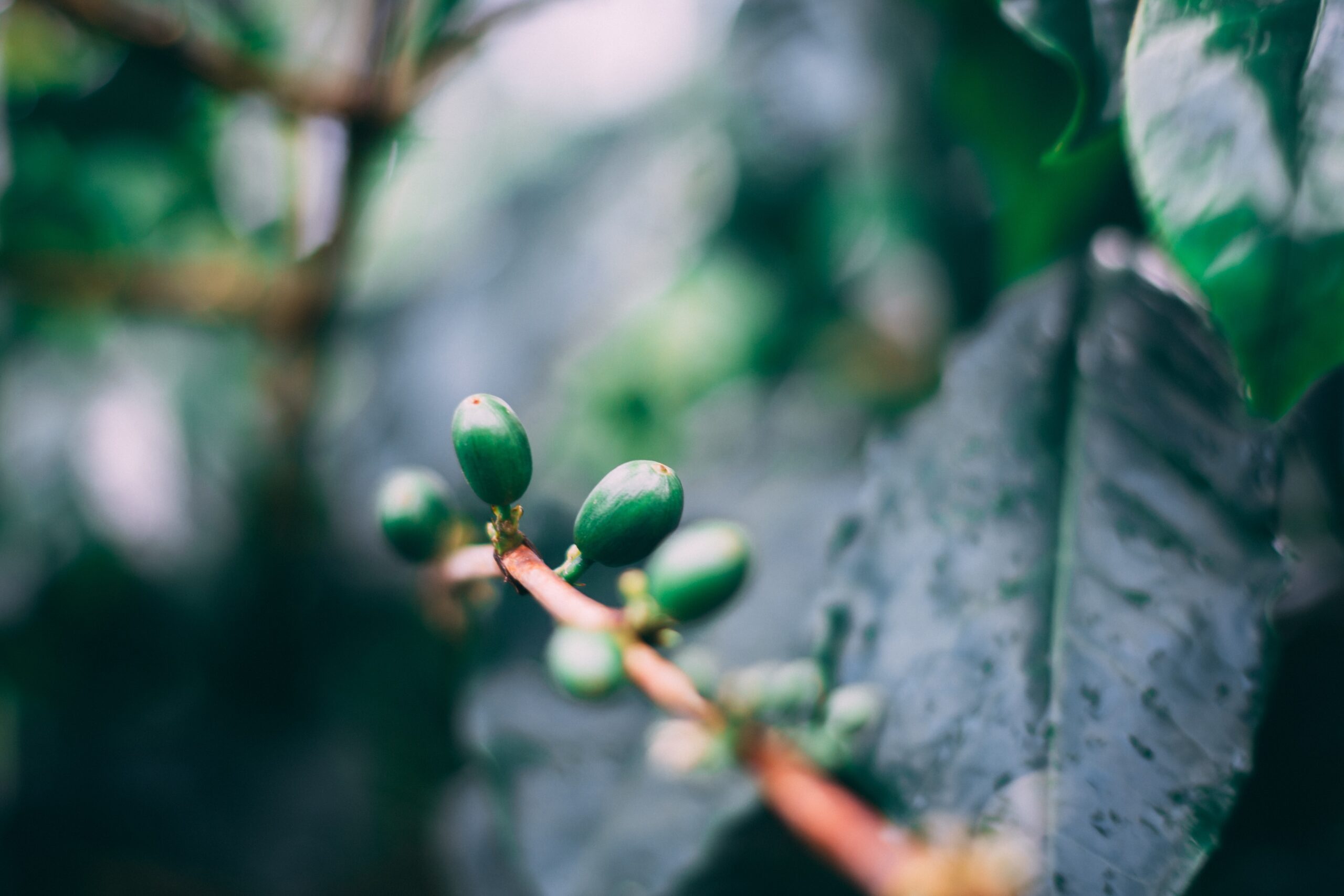It’s been a year of turmoil on international coffee markets. The price of green bean coffee has steadily increased month on month since the start of the year pushing up prices by 43%. So what’s behind these increases?
Damage to the Brazilian coffee crop
Brazil is the largest producer of greenbean coffee amounting to 44% of the worldwide supply (and equates to 22,400 60kg bags). Rainfall in Brazil has been significantly less during the year causing drought which weakens coffee trees and reduces their productivity in terms of quantity and quality. In addition to drought, there were a series of late frosts during the summer which caused additional damage to the growing trees as temperatures were on average half what they should have been. Many farmers were left with a damaged crop as well as the need to ‘stump’ their trees or replant them altogether. Yet another timely reminder of the fragility of our ecosystem and the impact that small changes in weather can have on food production.
Pandemic supply chain bottlenecks
A global confusion in container freight is adding the difficulty in getting supply from coffee producers in Vietnam to foreign markets. Vietnam predominately produces robusta coffee which is not used for our speciality grade coffee but a shortage of supply from one market tends to push up demand for other suppliers and hence more upward price pressure. Hopefully as the global supply chain return to normal over the coming months this particular challenge will dissipate.
Coffee Consumption
In case you didn’t know it already, we’re drinking more coffee. Coffee consumption has increased year on year and this year it’s expected that demand will outstrip supply by 1.4m tonnes. The effect of steady increasing demand with the uncertainty around the Brazilian coffee crop in 2022 and 2023 its sending upward pressure on the coffee futures price

